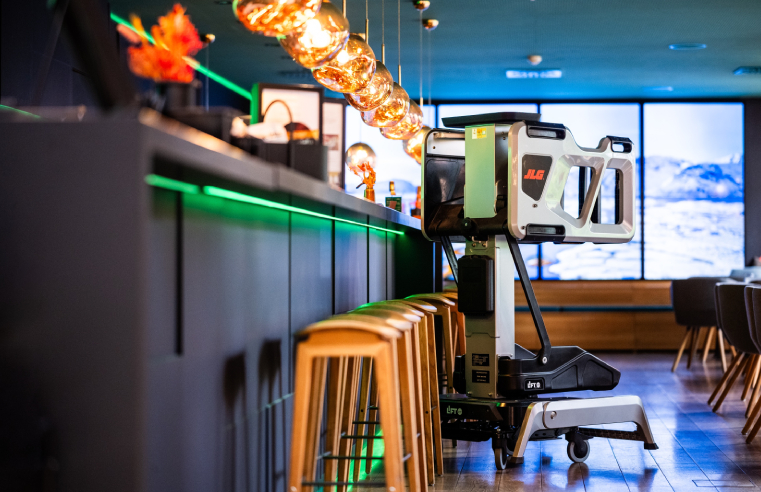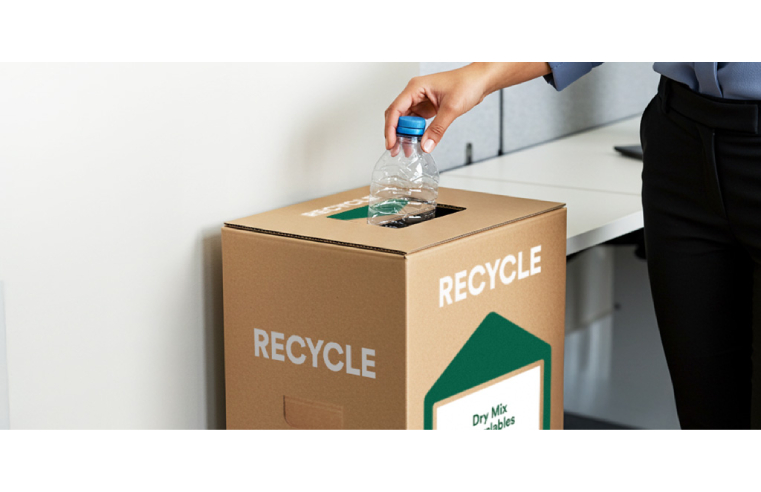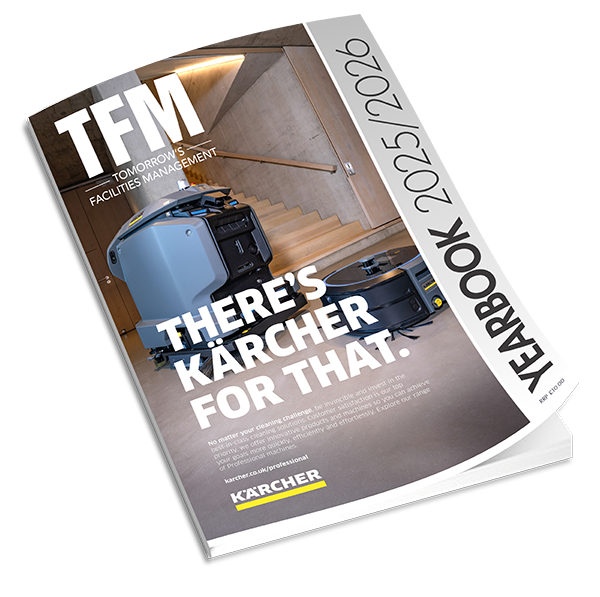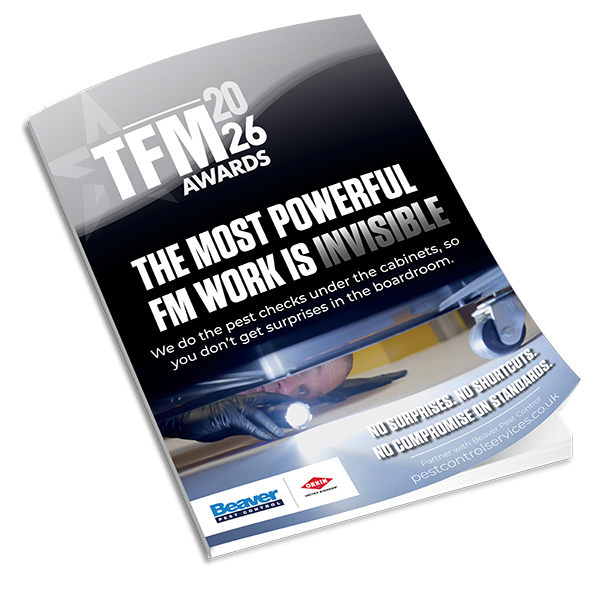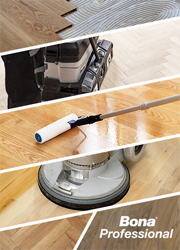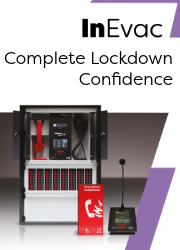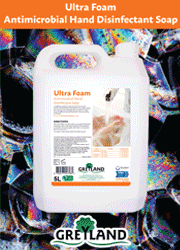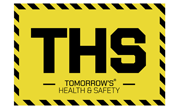Simon Ash, UK Sales Manager at HAIX, has been working in the footwear industry for over twenty-five years. Having seen trends come and go, what could the future of safety footwear look like?
Safety footwear was born out of necessity to protect workers alongside the introduction of liability insurance and workplace safety legislation. In the UK the Health and Safety at Work Act 1974, set a legal requirement for wearing protective shoes or boots in a number of industries like construction or manufacturing. The Personal Protective Equipment at Work Regulation 1992 followed, mandating that, “every employer shall ensure that suitable personal protective equipment is provided to his employees who may be exposed to a risk to their health or safety while at work.”
Elements of the first protective footwear designs haven’t changed much in the intervening years, and wearers have come to expect that particular design elements come as standard. Steel toecaps, slip-resistant tread, puncture resistance and construction using hardwearing materials like rubber, leather and polyurethane – all of these now expected qualities of good PPE evolved as responses to protect wearers from workplace hazards in environments like factories and constructions sites.
Putting the ‘personal’ in personal protective equipment
The focus when designing and developing PPE, and specifically work footwear, has rightly been on protective qualities. Legislative responsibility, threat of legal repercussion and care for employees has naturally seen designers and manufacturers prioritise the ‘first P’ to keep wearers safe at work.
This has been well noted, with one study summarising that ‘occupational footwear appears to be designed more for occupational safety at the expense of functionality and comfort.’ Safety features alter shoe characteristics, including flexibility and fit, which can directly impact worker’s comfort and can, in the long term, become ‘associated with work-related pain and injuries at the lower back, the ankle, the hallux, and the metatarsal heads.’
While the adage ‘one size fits all’ does not strictly apply to work boots, the impact safety features have on overall comfort and fit mean that, for safety footwear especially, sizing is less than an exact science. My work boot will not fit you in the same way it fits me, even if we are the same shoe size ‘off the shelf’, because our anatomy is entirely different, which can lead to long-term health effects and potential for injury.
There are arguably few PPE items that are as ‘personal’ as work boots; protective headwear, eyewear, gloves and high-vis clothing can be removed at various points in a working day, but your work boots stay on from the start of a shift until the end.
There are clear signs that employers and manufacturers are beginning to emphasise and address the individual needs of those wearing the PPE. Examples include the introduction of high-vis clothing designed to take into account the wearer’s religious beliefs.
The next steps
We are beginning to see how advances in technology, materials, manufacturing techniques and consideration for the individual needs of the wearer, are coming together to produce the next generation of work boots that address long-running concerns around conventional safety footwear.
A recurring complaint from those who wear safety footwear at work is plantar fasciitis, an acute pain in the heel caused by inflammation of the plantar fascia, which is prevalent among people who stand for long periods of time while at work, such as factory line workers. If left untreated, it can lead to long-term health effects and pain that can in turn influence mental health and both work concentration and absenteeism levels.
Using advances in design influenced by biomechanics, footwear manufacturers can address such issues. An example is the HAIX CONNEXIS system. Integrated support tape stimulates the spiral fascia, maintaining a more natural foot position. This helps to reduce wearer fatigue, especially when boots are worn over long working periods, ensuring better overall bodily posture and acting to minimise long-term injury risk associated with standing at length.
Evolving existing designs and traditional boot elements to better support wearers is also vital. Shoes are traditionally made with a last (the form, shaped like a foot, that shoes are manufactured around) that is bent downwards in the ball area, which can cause incorrect load shifting onto the forefoot, leading to instability and discomfort. Using flatter lasts in shoe construction works around this, dispersing load more evenly throughout the foot and avoiding pressure points.
Other issues long-term wearers face, such as lower leg fatigue induced by overall boot weight, can also be countered by smart material choices; advances in materials like nanocarbon can produce toe caps and reinforced areas that meet the same safety and protection standards as steel caps but remain ultra-lightweight. Puncture-resistance in boot midsoles is often accomplished using metal, but advanced fabrics and textiles can be used to provide levels of puncture resistance while decreasing overall weight and increasing comfort and flexibility.
Fit and comfort can dramatically affect the willingness of wearers to don PPE, especially when worn for long periods of the working day, every day. As mentioned, ‘off the shelf’ sizing can only go so far to ensuring a personal fit. Adaptability to suit individual foot shape is an important step and one method for introducing this is including a variety of easily-exchangeable insole options to better fit a variety of foot shapes, from wide to narrow. The HAIX Vario fit system is an excellent example of how to improve wearer comfort.
While the future is impossible to predict, for the foreseeable workers will need reliable PPE that protects and supports them doing their jobs, day in and day out. By working to ensure that the focus on wearer health falls in step with the focus on wearer safety, and that footwear can better fit the requirements of individual PPE wearers, manufacturers and designers can continue to produce innovative safety footwear while supporting wearers into the future, every step of the way.








